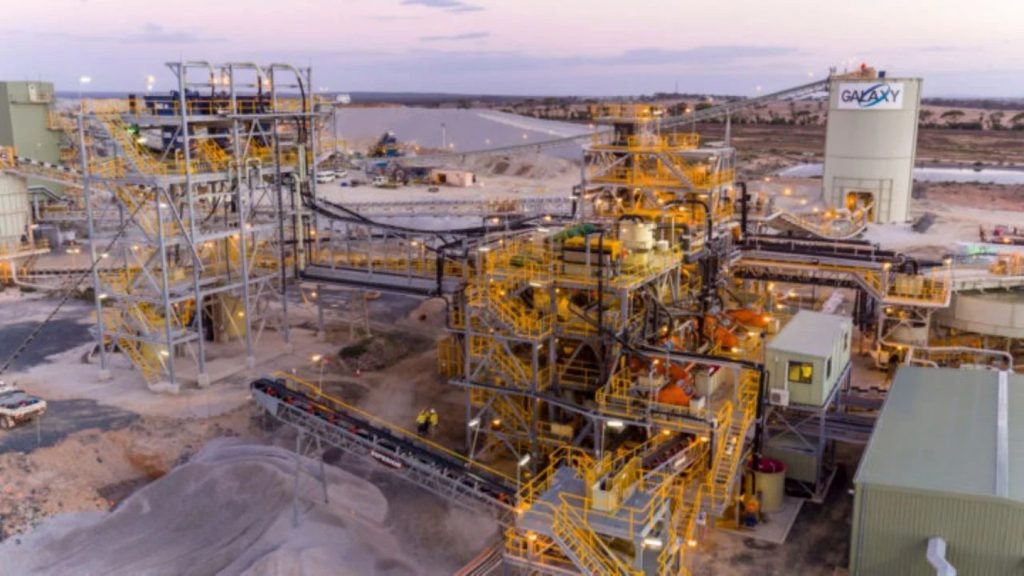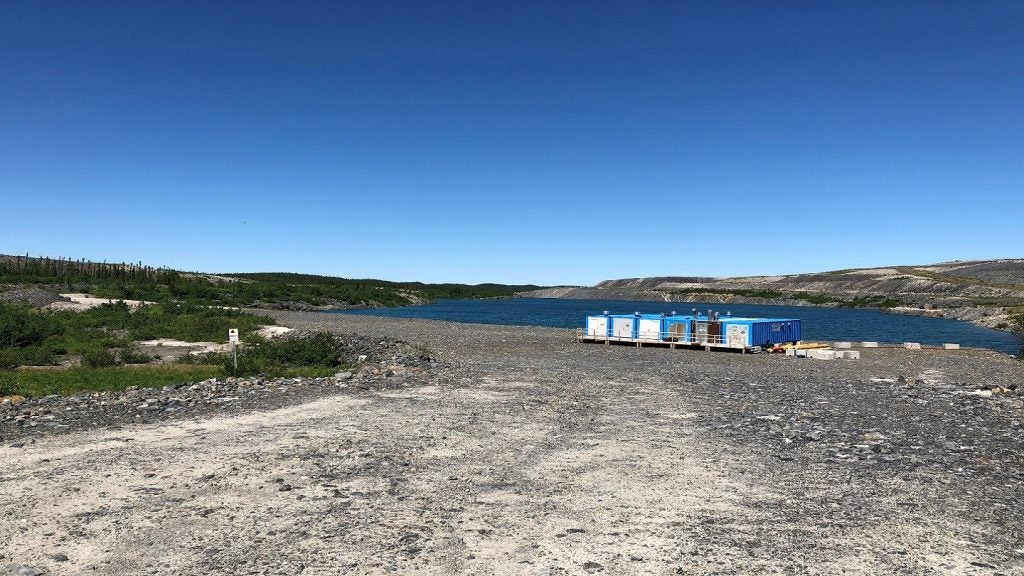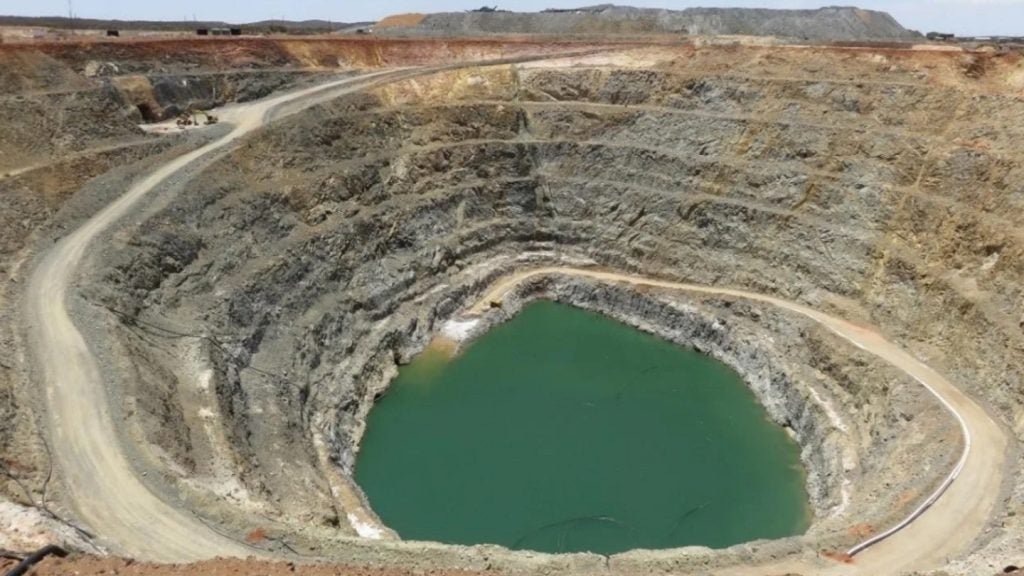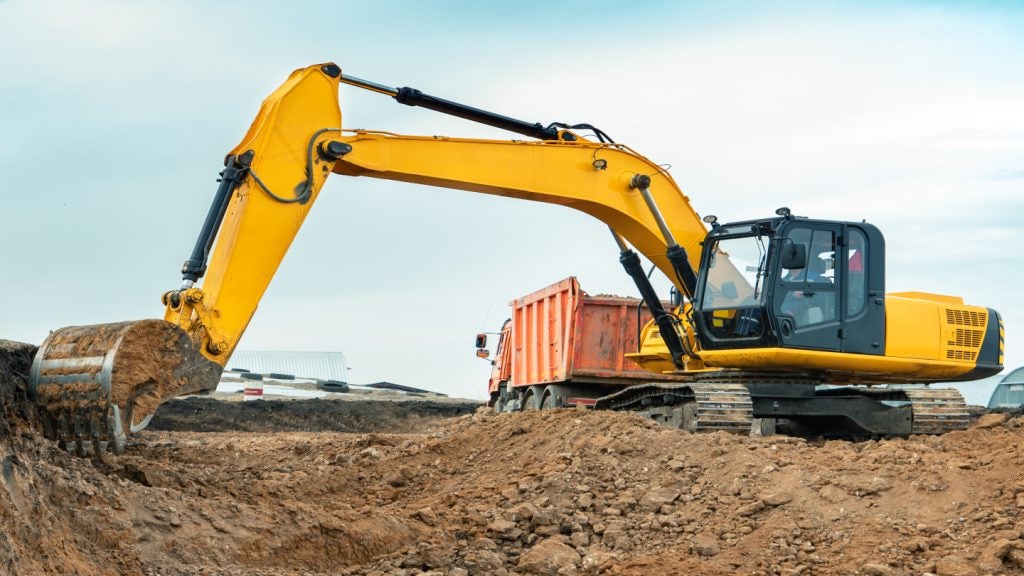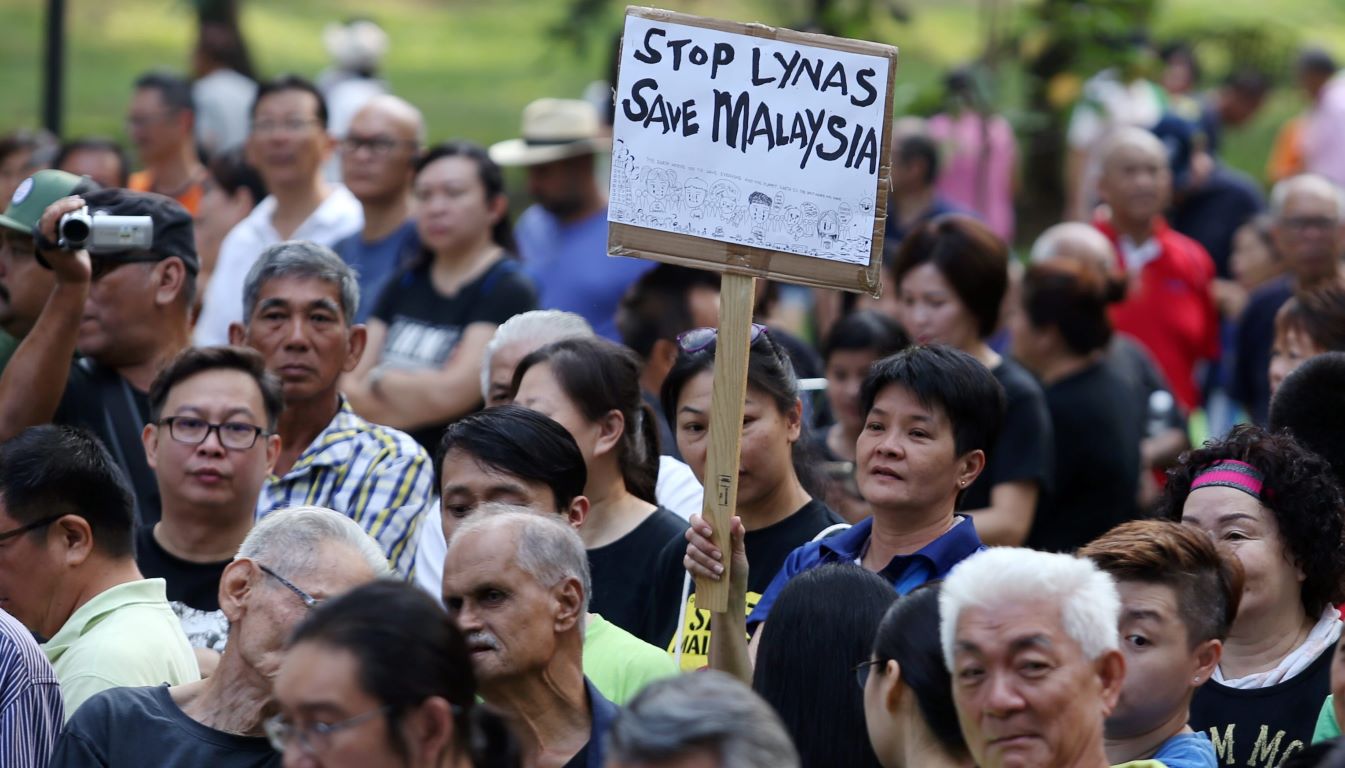
The global rare earths sector is one whose importance, and financial value, belies its name. Not simply a minor aspect of the global mining industry, rare earth facilities are among some of the most valuable, and deposits some of the most sought after, on the planet, as the world’s industrial needs change at a pace never before seen in human history.
The numbers back this up. According to Fortune Business Insights, the total value of the global rare earths mining industry is expected to almost double from $2.8bn in 2021 to $5.5bn in 2028, at a combined annual growth rate of a staggering 10%. This is triggering a similar spike in the prices of a number of rare earths, which are seeing newfound demand in many sectors; neodymium oxide, for instance, is used in the production of lasers, and figures from Statista estimate that the value of the mineral will increase from $49,144 per tonne in 2020 to $77,500 in 2025.
Yet interest in rare earths is not exclusively a new phenomenon, and this is perhaps best demonstrated by Lynas Rare Earth’s Mount Weld mine in Western Australia. The mine began production in 2007, decades earlier than other miners were even submitting licencing applications for other projects, and the mine has undergone a number of changes over its nearly two decade history.
Its role has changed from that of a niche mineral producer to one whose exports are underpinning international negotiations, and its growth in scale and scope over the years mirrors that over the rare earths industry more broadly.
2005: a high-potential project
Some 20 miles south, and 75 miles east, of the towns of Laverton and Leonora, the facility that would become the Mount Weld mine was built on the Mount Weld Central Lanthanide deposit. To this day, neighbouring deposits owned by Lynas remain undeveloped, including the Duncan, Crown and Swan deposits, as the central deposit garnered the most attention from the miner.
How well do you really know your competitors?
Access the most comprehensive Company Profiles on the market, powered by GlobalData. Save hours of research. Gain competitive edge.

Thank you!
Your download email will arrive shortly
Not ready to buy yet? Download a free sample
We are confident about the unique quality of our Company Profiles. However, we want you to make the most beneficial decision for your business, so we offer a free sample that you can download by submitting the below form
By GlobalDataThe deposit holds vast quantities of rare earths, with total reserves estimated at 19.5 million tonnes at a grade of 8.5%, figures, which would yield over 1.6 million tonnes of rare earth oxides. If figures from fellow Australian rare earths miner Arafura are to believed, which estimates that the global demand for rare earths will reach 231,000 tonnes by 2023, the Mount Weld mine could meet this demand eight times over by itself.
Lynas will be hoping that the mine can indeed live up to this potential, considering the vast investment made into the project. The company completed its feasibility study in March 2005, which estimated the total capex cost of beginning production at $680m (A$1bn), a staggering sum made all the more significant by the fact that there was less attention being paid to rare earths across the mining sector in the mid-noughties.
2007-2008: breaking ground, securing funding
Lynas began production at the mine in 2007, and the company was eager to see work begin. In the miner’s 2007 annual report, chair Nicholas Curtis – who has since moved on to be chair the board of directors at Northern Minerals – noted that, “2006-2007 was the year in which the company’s achievements gave certainty to our vision becoming reality.”
The company announced that initial production was 10,500 tonnes per annum, and that it had plans to double this output in the coming years. While Lynas has reached this goal of 21,000 tonnes per annum, production at the mine did reach a peak of 19,737 tonnes in 2019, before falling slightly, but remaining stable, in the following years, with production totals of 15,761 tonnes in 2021 and 15,970 tonnes in 2022.
This period also saw significant investment in the form of a $304m (A$450m) pledged through an equity raising initiative, drawing the attention of JP Morgan, which began to provide ratings for the company’s investments for the first time. This money was put towards both expanding the mining project itself, and developing a processing facility in Malaysia, to build out the project’s supply chain.
2011-2013: expanding the supply chain
After four years of production, Lynas’s investments in the mine’s supply chain began to pay dividends, as the company was able to use its on-site processing plant for the first time. The Mount Weld processing plant can produce up to 240,000 tonnes per annum of ore, including 26,500 tonnes of rare earths, and the use of a local facility, as opposed to a distant concentrator owned by another company, was an important step for Lynas.
Similarly significant was the production of the Lynas Advanced Materials Plant (LAMP) in Malaysia, another processing facility that would work with the oxides produced at Mount Weld, but one based overseas. The LAMP project boasted annual production capacity of 22,000 tonnes, almost doubling the company’s total production capacity between the Malaysian facility and the Mount Weld processing plant.
Work at the LAMP facility was announced in 2010, and Lynas began shipping ore to the project in late 2012, ahead of the start of production at the plant in 2013. While production was temporarily suspended in 2020 due to the Covid-19 pandemic, Lynas was able to operate the Malaysian facility for a decade, significantly increasing its total production.
2018-2020: to new heights
The period from 2018 to 2019 was one characterised by optimism and expansion, as Lynas looked to build on encouraging exploration results and expand operations at Mount Weld. In 2018, the company announced a 70% increase in the mine’s mineral resources and a 60% increase in ore reserves, as new discoveries and more efficient mining processes combined to extend the mine’s lifespan by 25 years.
The following year, the miner announced its 2025 growth plan, which included a target to increase production of neodymium praseodymium (NdPr) by 50% to 10,500 tonnes per annum within six years. Not only is NdPr useful on its own – it is a component in the production of welders’ helmets and protective equipment – but the investment in this particular rare earth product came at a time when the price of neodymium was steadily climbing, and Lynas appeared eager to make the mineral one of the cornerstones of its long-term plans.
This plan also included an investment of around $500m (A$740m), another sizable cash injection that helped put Mount Weld on the map. In 2020, the Australian government granted the mine major project status, a designation that grants access to additional “project support and coordination” from the national government, but also has had a significant impact on Lynas’s reputation, as the government has given its approval that its mine is not just productive and profitable, but one worthy of particular recognition and respect within the Australian economy.
2023: challenges and opportunities around the world
After years of consistent and efficient production, even through the turbulence of the Covid-19 pandemic, Lynas began to encounter larger challenges earlier this year. The Malaysian government has banned the company from operating its project in the country from July this year, due to health concerns regarding the radiation produced by the facility’s cracking and leaching activities, a key part of the process of refining rare earths.
While Lynas has not yet announced what it will do with the project – and it is worth noting that the International Atomic Energy Agency found the project to be “low risk and compliant with relevant regulations,” according to Mining.com – the sudden loss of tens of thousands of tonnes of production would be a blow to Lynas, which has done little but expand its operations since 2005.
This year has brought some happier news for the company, notably that Japanese trading house Sojitz and the Japan Organization for Metals and Energy Security will invest around $134.7m (A$200m) into Lynas, as part of a deal to export rare earths to Japan. With several countries, including Japan, eager to reduce their reliance on Chinese rare earth exports, Lynas is uniquely positioned to grow its base of international customers, which could help secure the long-term future of the company, as uncertainty continues to hang over its work in Malaysia.



